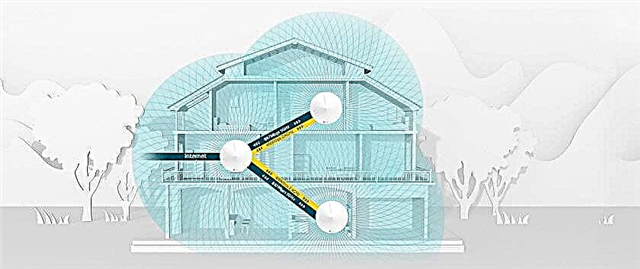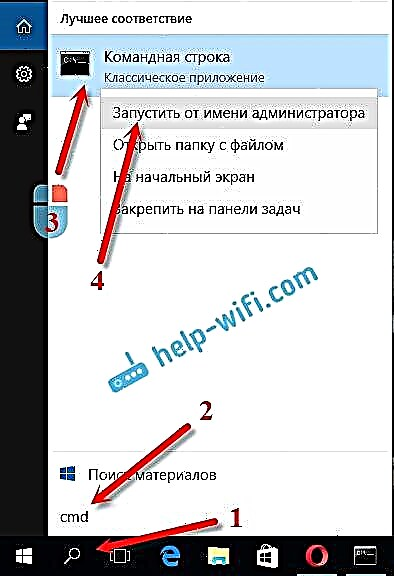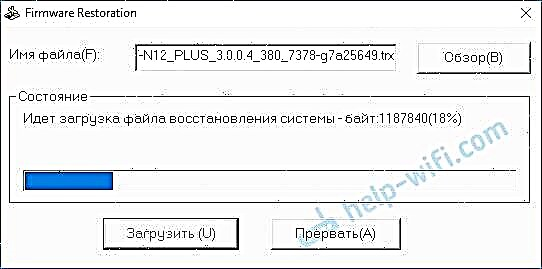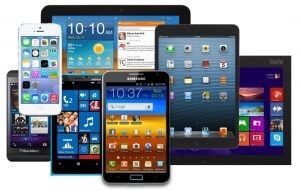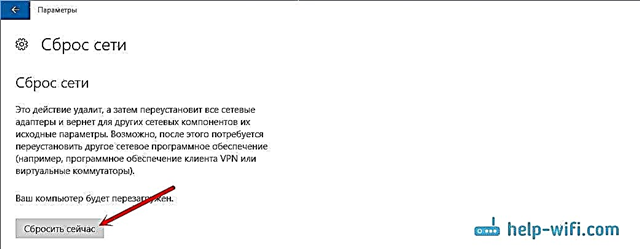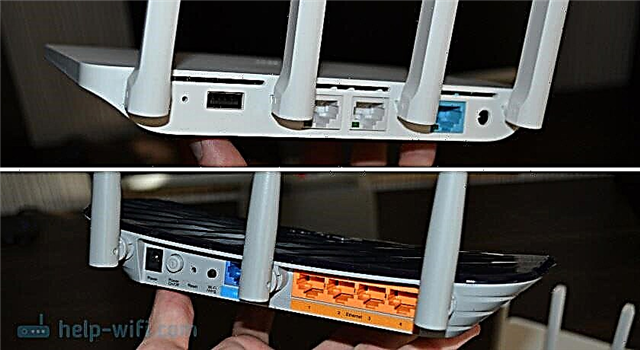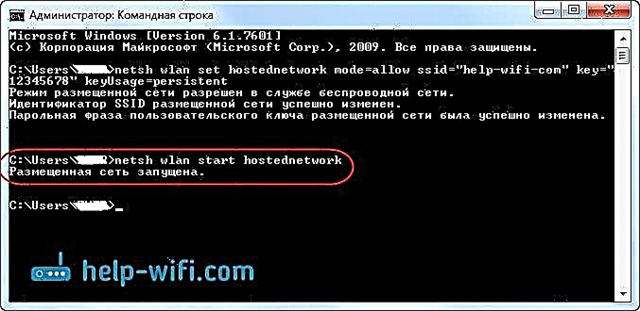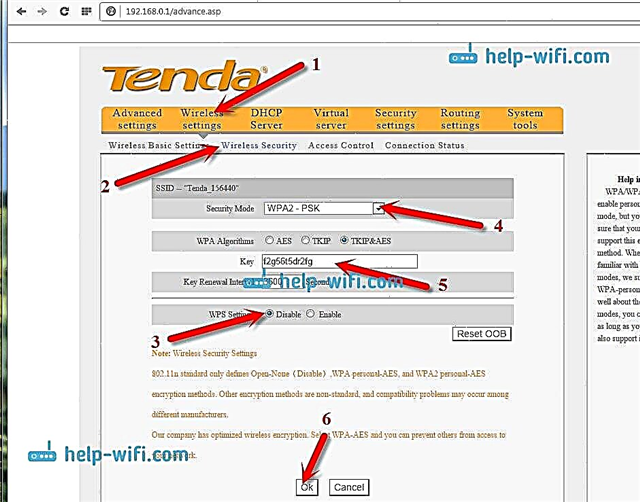I noticed that recently there have been many questions related to the distribution of the Internet from phones to other devices. When people distribute the Internet from a phone to a computer, laptop, TV, or other device, but the Internet does not work. There is a Wi-Fi connection (via an access point), or a cable in modem mode, but there is no Internet access on the computer. "The network is limited", or "No Internet access". This problem is observed when distributing the Internet from both Android phones and iPhones.
Many have used, or want to use their phones as a USB modem or Wi-Fi access point in order to access the Internet primarily on PCs and laptops. Each phone, including the iPhone, has several methods that allow you to share the Internet with other devices: via Wi-Fi (access point mode), via a USB cable (tethering mode), and via Bluetooth (not a very popular method). If you use one of these modes to connect to the Internet of a computer or other device, and the Internet does not work on the connected device, then most likely the reason is in the operator of the hundredth connection (it blocks the distribution of the Internet), or in some network settings in Windows, eg.
If you use one of these modes to connect to the Internet of a computer or other device, and the Internet does not work on the connected device, then most likely the reason is in the operator of the hundredth connection (it blocks the distribution of the Internet), or in some network settings in Windows, eg.
The operator is blocking the distribution of the Internet from the phone - the main reason
Operators MTS, Beeline, Tele2, MegaFon, Yota, etc. are now actively blocking the distribution of the Internet from the phone to other devices. The conditions of these restrictions may differ for all operators and for different tariff plans. Operators either generally limit the ability to distribute the Internet, or they require an additional fee for this. For example, in the popular tariff plan "Unlimited +" (which, perhaps, soon will not be at all), where unlimited access to the Internet is provided, it makes it possible to use only 100 MB in modem mode. Some operators block torrent downloads, or speed limits. Prohibit the use of SIM cards in modems, routers, or tablets. But that is another story. All this is done in order to take the load off the base stations. And of course, make more money.
Most popular options:
- We distribute Wi-Fi from the phone to a laptop, computer or other device and there is no Internet access on it. Internet does not work. At the same time, the Internet on the phone itself works. The same story is with USB and Bluetooth distribution.
- The phone for some time (a certain amount of traffic) distributes the Internet, after which an SMS comes with a warning that an additional fee will be charged for this service. SMS may come right away. The cost is about 50 rubles (depending on the operator and tariff).
- Downloading torrents does not work.
- The speed drops dramatically after using a certain limit of Internet traffic.
For example: in the description of the "Unlimited" tariff plan from Tele2, it is clearly written that: "Distribution of traffic via Wi-Fi, Bluetooth, USB is not available on the tariff plan."
The problem is that most operators do not indicate the rules for using Internet traffic in the tariff description. It is not clear whether it can be distributed to other devices or not. This information is usually indicated in small print in the attached PDF file, which almost no one reads. For example, as this information is indicated in the detailed description of the tariff "Tariff" from MTS:

At this rate, you can distribute only 10 GB of traffic. More only after connecting a paid service.
How do operators restrict the distribution of Internet traffic?
Previously, it was mainly determined by TTL. When we distribute the Internet to another device from an Android smartphone, or an iPhone, the traffic packet that passes through the smartphone changes to 1. This is how the operator determines the prohibited action and takes certain measures: blocks traffic, or we charge an additional fee. But since this method can be circumvented, there are a lot of instructions on this topic on the Internet, operators began to use additional technologies to analyze traffic.
And judging by how many (with configured bypass schemes) recently (around March 2020) stopped working with Internet distribution, at least MTS (at the moment) has seriously improved its technologies to identify "violators".
What to do?
- Study the terms of your tariff plan in detail! It is very important to find out whether the operator really restricts the distribution of traffic from the phone, and for this reason the Internet does not work on the computer (but it does on the phone!), Or the reason is something else.
- Pay for the ability to distribute the Internet to other devices (if there is such an opportunity under the terms of the tariff plan).
- If possible, connect a cable Internet, choose and purchase a modern Wi-Fi router and not torture your smartphone.
- Look for a way to bypass the blockage. Moreover, you can try to do this on both an Android phone and an iPhone. But I do not support this and do not recommend doing it! In addition, these are some kind of complex settings, something constantly flies, does not work, etc.
If there are no restrictions, but the Internet still does not work
You found out that your operator, specifically on your tariff plan, allows you to share Internet traffic with other devices. The mobile Internet works directly on the phone, but there is no Internet access on the devices to which you distribute it. If so, do the following:
- Reboot the phone itself and the device you are connecting to it.
- Connect another device to see what is the reason. For example, if you connect a computer to a phone's access point via Wi-Fi, and on a computer without access to the Internet, then try connecting another computer, or another phone (by turning off the mobile Internet on it). In the same way, you can check the modem mode (via USB cable) with another computer. The task is to find out what exactly the reason is: in the phone itself (from which we distribute), or in the device (which we connect).
Look at the instruction that suits you, maybe you are doing something wrong:
- Hotspot mode on iPhone and iPad. How to distribute Internet from iPhone via Wi-Fi, USB and Bluetooth
- Android phone as a modem for a computer via a USB cable
- How to distribute the Internet from a Samsung smartphone (Android 7.0) via Wi-Fi
If you are distributing the Internet to a computer that runs on Windows 10, 8, 7, then reset the network settings. Detailed instructions:
- Resetting TCP / IP and DNS Network Settings in Windows 7
- Reset network settings in Windows 10
If you connect to the phone via Wi-Fi, I advise you to connect your laptop to another Wi-Fi network to find out if the Internet via Wi-Fi works on it at all. There may be some problem with the wireless adapter, or there may be some glitch in Windows. Write in the comments what you think about it. What problems did they face and how they were solved. Ask questions.

